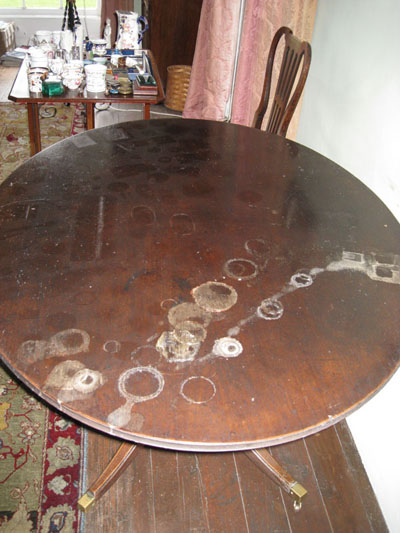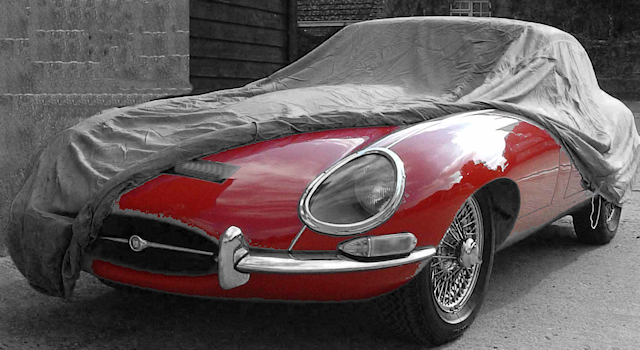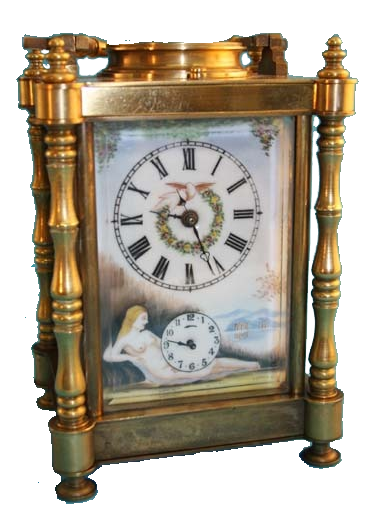Here’s what you need to know to avoid damaging your antiques.
1. Effects of Relative Humidity
Today’s central heating wreaks havoc on antiques by the fluctuations in relative humidity. Wood responds to relative humidity by expanding and contracting to maintain a balance with its environment. It’s not the rapid changes during the course of a day that cause the most damage. It’s the long-term seasonal fluctuations, which cause the serious damage.
During the dry winter months when it is cold outside and warm inside, wood tends to shrink. During hot damp summers when it is warm outside and cooler inside, wood tends to expand. Long-term exposure to these conditions leads to cracking, warping and splitting.
To guard against the fluctuations in relative humidity in your home, use a humidifier during the dry winter and a dehumidifier in the damp summer. Dont put quality furniture in the basement, attic, near heating vents or next to a fireplace. Keep fresh air circulating. Maintain a constant room temperature and turn it down at night.
2. Impact of Sunlight
Just as sun damage to the skin is cumulative and permanent, its effects on wood are equally destructive. Diffused sunlight over a long period of time can be as harmful as direct sunlight over a short period of time. Sunlight can turn a clear finish yellow. The only good news about sun damage is that it’s easy to avoid. Draw the drapes, pull the blinds or have an UV-filtering film applied to your windows.
3. Furniture Restoring
Unless you are an expert don’t attempt to repair broken legs, burn marks or other damage. Inexperienced individuals can strip off patina causing irreversible damage. Leave restoration to professionals. In the long run, it is worth the investment.
4. Over Cleaning Antiques
Remember that less is more when cleaning antiques. Every couple of months, treat your wood furniture a good quality paste wax that can be found in any hardware store. Waxing too often can dull a finish and attract dust. Avoid aerosol spray polishes because they can contain silicone and other agents that can be harmful.
For daily cleaning, use a clean cloth or a clean duster.
5. Rough-Handling
Some repairs to antique furniture can be avoided with more considerate care. Don’t lean back on antique chairs or pick them up from the back. Lift front and back together. This type of handling coupled with the effects of relative humidity and a chair back may result in your chair back becoming unhinged, requiring repair. Avoid scratches and water damage by using coasters.




















